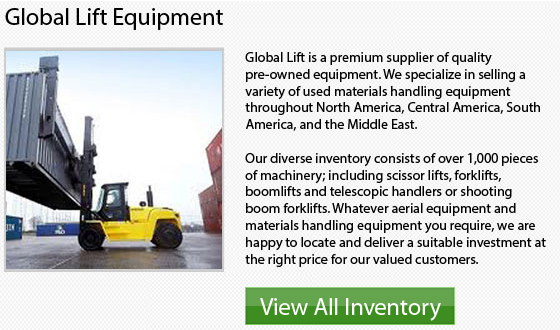
Counterbalance lift trucks are essentially forklifts which are designed with counterweight at the back of the equipment. The counterweight works to balance the weight that the blades are carrying at the front of the cargo. This design is engineered to stabilize conventional lift trucks. As far as electric counterbalance forklifts are concerned, the battery itself forms the counterweight.
Counterbalance lift trucks could usually be found in every manufacturer's product range. They are usually manufactured in a variety of sizes and configurations, utilizing a variety of fuel sources. These lift trucks could be designed with 4 or 3 wheels, or be equipped. They can operate in diverse applications. These lift trucks are outfitted with a range of accessories. Common options and attachments consist of: hydraulic clamps, side shifts, slip sheet attachments and fork shifts just to name a few.
Counterbalance lift trucks have revolutionized the material handling business. They have become the cornerstone of storage and distribution systems where they perform stacking, loading, unloading and horizontal transport functions. The standard warehouse lift trucks are usually utilized for lift heights under 20 feet or 6 meters. There have been some models recently developed that are capable of lifting to heights 31 feet or 9.5 meters. The smaller 1-1.8 ton or 4000 pound forklifts are the main workhorses within the majority of warehouses. These are the most common models that most small companies will own. The standard warehouse counterbalance forklift is actually a wide-aisle truck that requires roughly 3 meters or 11 feet to turn in.
Also, the counterbalanced lift truck is not necessarily confined to warehouse environments. They are usually utilized for container carrying and heavy use together with pretty much every application in between. Counterbalance forklifts are the most widely used and versatile of all materials handling equipment.
The counterbalanced forklift is common in many working environments, such as retail, warehousing and production. This is because of their durability and versatility. Several of the industrial applications consist of: automotive, timber, chemical and food industries.